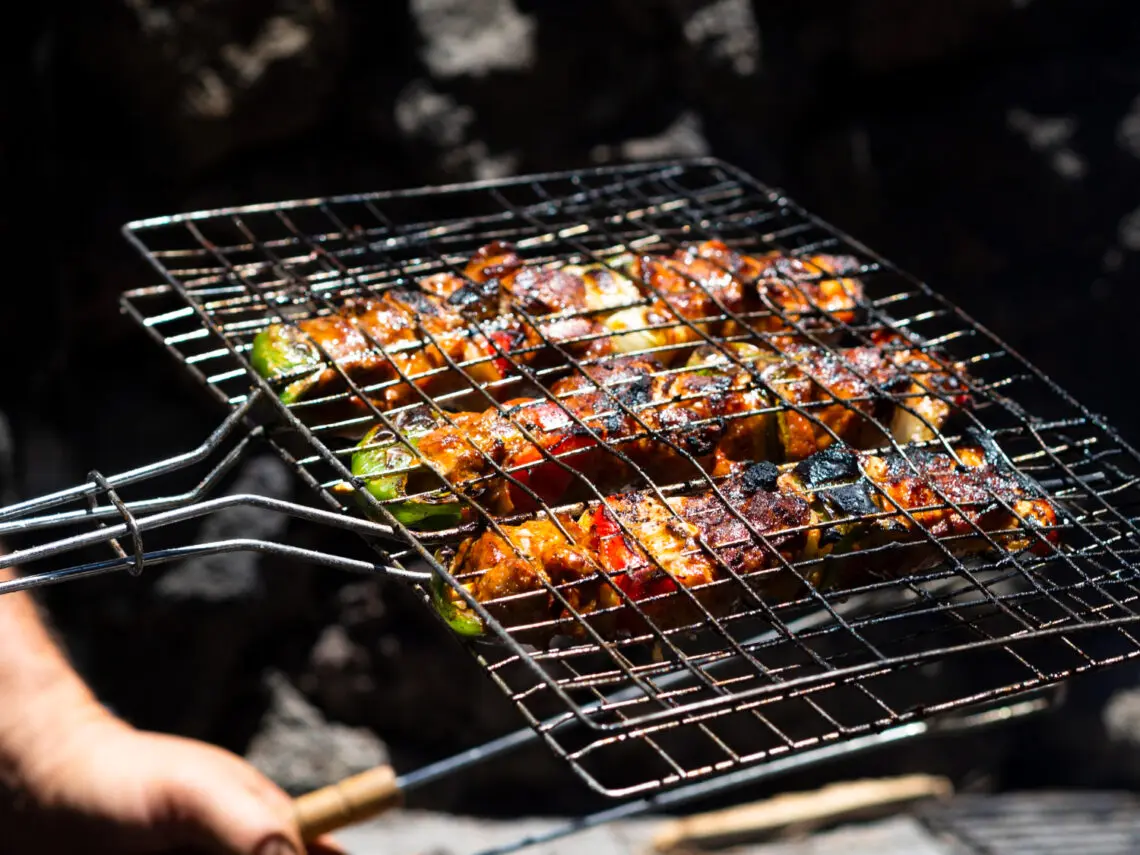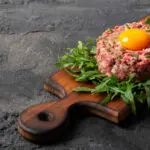The Safety Myth vs. Scientific Reality
Here’s the question every new pet parent asks: “Isn’t cooked food safer than raw?”
It seems logical. Heat kills bacteria, so cooked food must be safer, right?
But here’s what’s fascinating: when researchers actually studied animals fed raw versus cooked diets, they discovered the opposite was often true. Animals on raw diets were frequently more resistant to disease and parasites, not less.
Let’s dive into what the science actually shows.
The Landmark Studies That Changed Everything
Dr. Pottenger’s Revolutionary Cat Experiments (1932-1942)
The most comprehensive study on raw versus cooked diets was conducted by Dr. Francis Pottenger Jr. at his sanitarium in California. Over ten years, he studied 900 cats, keeping detailed records on nearly 600 of them through multiple generations.
The Setup:
- Group 1: Raw meat and raw milk
- Group 2: Cooked meat and raw milk
- Group 3: Raw meat and pasteurized milk
- Group 4: Various processed milk products with raw meat
The Results Were Dramatic:
Raw Diet Cats:
- Perfect physical development with large, well-formed skulls
- Broad faces with prominent bone structure
- Wide, healthy dental arches
- Excellent reproductive health (average litter size: 5)
- Free from parasites and infections
- Normal, easy births where mother cats would actually purr during labor
- Lived full lifespans, dying only from old age or injuries
Cooked Diet Cats:
- Smaller builds with proportionally smaller bones
- Each kitten had different skeletal patterns – no consistency between generations
- Facial deformities similar to human developmental problems
- Severe dental problems by the second generation
- Heavy parasite infestations despite eating “sanitized” cooked meat
- Painful, difficult births with mothers crying throughout labor
- No cats in the third generation survived past 6 months
Think about that last point: third-generation cats on cooked diets couldn’t even reach adulthood.
The Commercial Pet Food Studies
Dr. M.L. Morris conducted parallel studies specifically comparing fresh meat to commercial cat foods:
- Fresh meat group: All cats thrived perfectly
- Commercial food groups: Cats showed emaciation, skin lesions, and neurological problems
Dr. Clive McCay found that commercial meat meals were “so over-heated in processing that they are entirely devoid of vitamin B₁.” When students tried feeding these meals to dogs in digestion trials, the dogs refused to eat and became severely constipated.
The Dog Bone Studies
Researcher Magendie conducted feeding trials with dogs using raw versus cooked bones:
- Dogs fed boiled bones: Died within months
- Dogs fed gelatin (heat-processed bone extract): Preferred to starve rather than eat more
- Dogs fed fresh raw bones: Lived for extended periods in good health
The Milk Studies
Multiple researchers tested raw versus pasteurized milk in dogs:
- Puppies fed pasteurized milk: Died
- Puppies fed raw milk: Thrived
- Adult dogs on pasteurized milk only: Developed mange and other disorders
What Heat Processing Actually Does to Food
Enzyme Destruction
When food is heated above 118°F (48°C), enzymes begin to denature. By the time pet food reaches commercial processing temperatures (often 300°F+), virtually all natural enzymes are destroyed.
Why does this matter? Digestive enzymes help break down proteins, fats, and what few carbohydrates a carnivore might consume. Without them, the digestive system has to work much harder and may not extract all available nutrients.
Vitamin Loss
The University of California’s Kraft and Morgan study showed dramatic vitamin destruction from heat:
- 15 minutes of cooking: 50% loss of growth-promoting factors
- 25 minutes of cooking: Complete loss of nutritional value
Similar studies found that heating fats at even moderate temperatures (120°C) seriously reduced their nutritional potency, especially their ability to support proper tooth calcification.
Protein Changes
Heat processing fundamentally alters protein structures. While cooked proteins may still provide amino acids, they’re often less bioavailable and harder for the body to utilize efficiently.
Fat Oxidation
When fats are heated, especially in the presence of oxygen (as in commercial processing), they can become rancid and even harmful. Studies in India found that rats fed heat-processed oils at 30% of their diet died within a week, while those eating unprocessed oils thrived.
The Parasite Paradox
Here’s where conventional wisdom gets turned upside down:
Dr. Pottenger noted that cats fed raw meat were relatively free from intestinal parasites, while those given cooked meat (where all parasites were supposedly killed) were severely infested with parasites.
This pattern appears across species:
- Dogs eating raw diets show better resistance to parasites than those on processed foods
- Even in humans, despite eating cooked pork, trichinosis infection rates are actually 10 times higher than in the pigs themselves
The explanation? Healthy, well-nourished animals have stronger immune systems that naturally resist parasitic infections.
The Recovery Studies: Hope for Damaged Animals
Perhaps most encouraging were Pottenger’s “regeneration” experiments. When he took cats that had been damaged by cooked diets and switched them to raw food:
- First generation: Some improvement in disease resistance
- Second generation: Continued improvement but still problems
- Third generation: Considerable improvement
- Fourth generation: Complete return to normal health and development
This suggests that even animals damaged by processed diets can recover, though it may take multiple generations to fully restore optimal health.
The Modern Pet Food Connection
Today’s commercial pet foods undergo even more extreme processing than the cooked foods used in these historical studies:
- Extrusion cooking at temperatures often exceeding 300°F (149°C)
- Multiple heating cycles during manufacturing
- Long storage times that further degrade nutrients
- Synthetic vitamin supplementation to replace what heat destroyed
Is it any wonder that modern pets face an epidemic of chronic diseases their wild cousins rarely experience?
What This Means for Your Pet
The research suggests several important points:
- Heat processing destroys much of what makes food nutritionally valuable
- Animals fed raw diets often show superior disease resistance
- Reproductive health, dental development, and overall vitality are better on raw diets
- Even severely damaged animals can recover on species-appropriate raw diets
- The “safety” of cooking may be more myth than reality when it comes to overall health
Addressing the Safety Question
“But what about bacteria?” you might ask.
Here’s what the research shows: Healthy animals with robust immune systems (fed appropriate diets) handle bacteria efficiently. The animals in these studies eating raw diets weren’t getting sick from bacteria—they were thriving and showing superior resistance to all diseases.
The real question isn’t whether raw food contains bacteria (it does), but whether your pet’s immune system is strong enough to handle what it was designed to handle. And that depends largely on… their diet.
The Bottom Line
For over a century, researchers have consistently found that animals fed raw, species-appropriate diets outperform those fed cooked or processed foods in virtually every measure of health:
- Physical development
- Disease resistance
- Reproductive success
- Longevity
- Mental stability
When ChatGPT tells you cooking makes food safer, remember these studies. The safety isn’t in the cooking—it’s in the complete, unprocessed nutrition that supports a robust immune system.
In our next article, we’ll examine how pet food companies use legal loopholes and marketing tricks to hide what’s really in that processed food, and why reading labels isn’t enough to protect your pet.
Key Takeaways:
✓ Heat processing destroys enzymes, vitamins, and protein quality
✓ Animals on raw diets consistently showed better health in research studies
✓ Cooked-diet animals were MORE susceptible to parasites, not less
✓ Commercial processing uses even higher temperatures than these studies
✓ Damaged animals can recover on raw diets, sometimes taking multiple generations
✓ True food safety comes from nutrition that supports immune function
Historical Research Sources:
- Dr. Francis Pottenger’s 10-year cat study (900 cats, 1932-1942)
- Dr. M.L. Morris commercial pet food studies
- Dr. Clive McCay’s meat meal research
- Magendie’s dog bone feeding trials
- Multiple raw vs. pasteurized milk studies
Next in this series: “How Pet Food Companies Legally Deceive You: Reading Labels Like a Pro”





